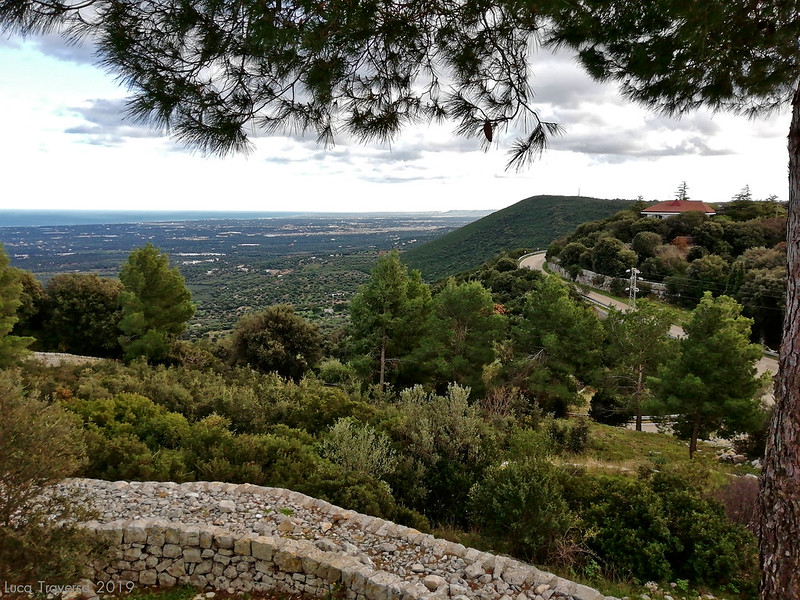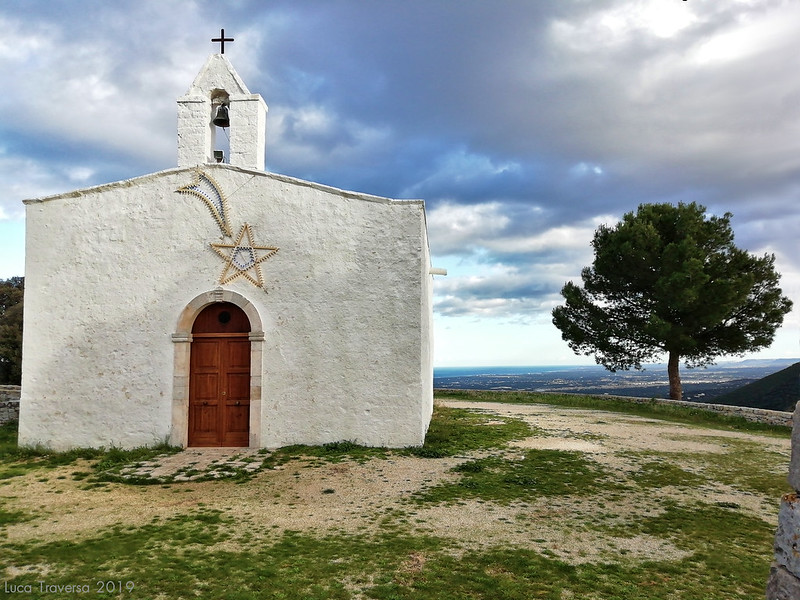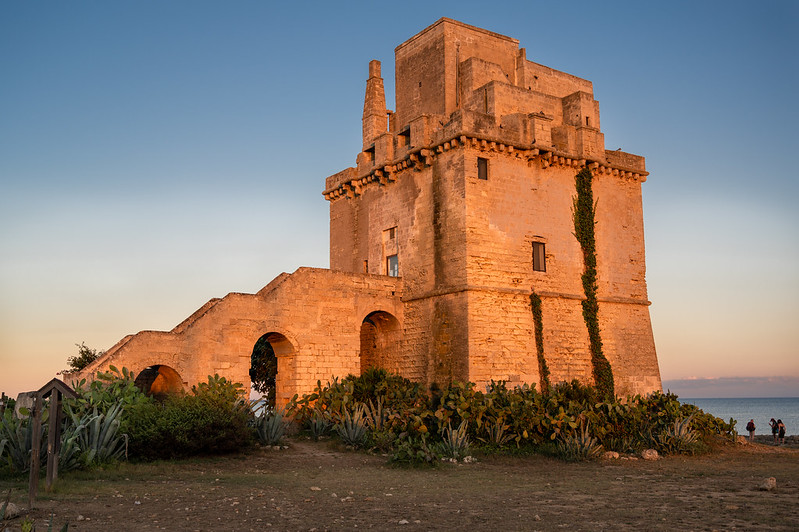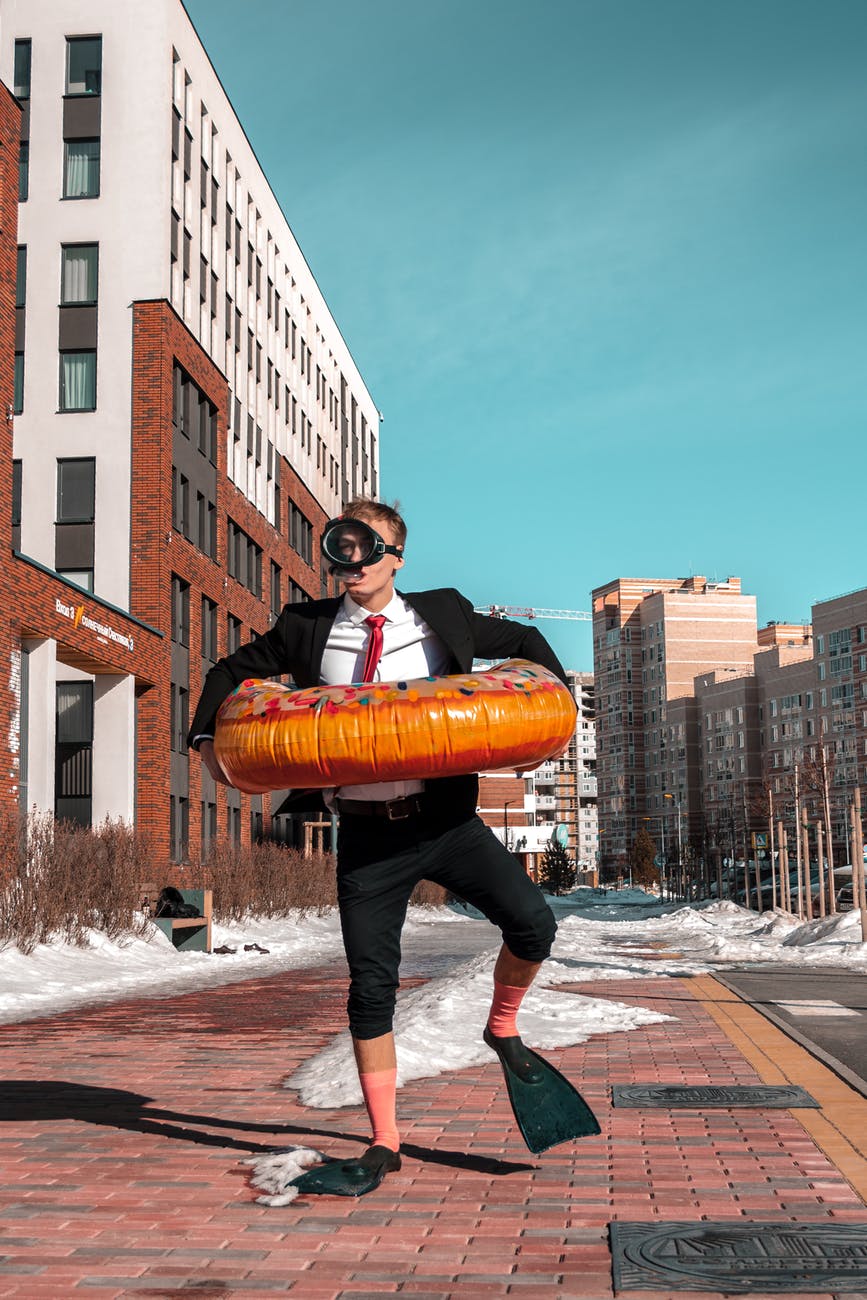"The times they are (still) a'changing": resources for climate transition
Reading time: 6 minutes
In 1964, in times of emerging social change across the USA, Bob Dylan sung prophetically that "the times they are a'changing" whether we heed them or not!
Come gather 'round people
Wherever you roam
And admit that the waters
Around you have grown
And accept it that soon
You'll be drenched to the bone
If your time to you is worth savin'
Then you better start swimmin'
Or you'll sink like a stone
For the times they are a-changin'
Opening verses to "The Times They Are A'Changing" by Bob Dylan (1964)
Whether you're a fan of Bob Dylan or not, the point is that we can see change everywhere: change is the stuff of everything. Change is probably the single most defining characteristic of spaces, places and everything in between.
In many ways, change is what spatial planning is all about: planning practices and place dynamics change each other recursively over time. Little did Bob Dylan suspect, perhaps, how relevant his song would be for our overdue climate transition, or what spatial planning can, should, or must do about it.
To help address the looming challenges of climate and environmental change, Albrechts and colleagues (2021) advocate for transformative planning practices that capitalise on the value of landscapes as opposed to 'development-as-growth' model that is hegemonic in so many parts of the world and sectors. Their study focuses on Territory-Landscape plan-making as a catalyst for change, with a case-study from the Apulia region in Italy. As Denis Cosgrove (1985) famously wrote, landscape is a 'way of seeing' with deep historical and cultural roots. As we shape the landscape in our image, the landscape also re-shapes us and our relationship to the world and to each other. Landscape representations and human identifies co-constitute each other. Even where carefully-planned, the landscape planning process (be it rural or urban) unfolds in quite unpredictable ways. The extent of current environmental and climate change as well as deepening inequalities are a sure sign of the chaotic and unpredictable way in which we manage urban and rural landscapes.

View of rural Puglia landscape by Luca Traversa on flickr.

View of rural landscape in Puglia by Luca Traversa on flickr

View of rural landscape in Puglia by Luca Traversa on Flickr

Porta Napoli in Lucce on a quiet night, picture by Ralf Steinberger on flickr

The iconic Torre Colimena, Puglia. Picture by Ralf Steinberger on flickr.
Below are resources for climate transition centred around the complex territory-landscape nexus alongside place.
Sustainable Food Systems. In the age of smart cities, IoT (i.e. the Internet of Everything), hyper-globalisation and the Anthropocene, we sometimes seem to forget about the foundational economy, the most foundational part of which being food. It is great to be smart and (post-)modern and what have you, but are we going to eat for dinner tonight that will make us and the planet healthy? AESOP's very own Sustainable Food Systems Thematic Group hosts a series of seminars in April and May. The next one is scheduled for April 15th and will delve into 'City region food systems and urban foodscapes'.
On the topic of city-regional food systems, one can also point to architect Carolyn Steel's research on sitopia, which is a practical, normative and deeply appreciative approach to reconsidering cities' relationship to food and their rural hinterland. Rather than being necessarily abstract or imagined form of utopia, sitopia provides a well-grounded approach with plenty of historical best practice to lean on.
Paradigm shift: from Anthropocene to Symbiocene. Reflection and action go hand in hand. 'Farmosopher' Glenn Albrecht writes in the magazine the Ecologist about the necessary alternative to the current era of the Anthropocene, which he coined the 'Symbiocene' in 2011. We are currently consuming three planets worth of resources instead of the only one we have (see also the One Planet Living framework by the consultancy Bioregional). Although there is no silver bullet to our predicament, Glenn Albrecht suggests the following eco-philosophical worldviews and praxes centred around an appreciation of interdependence rather than predation. Lived experience is the reclaiming the planet as our true (and only) home. Living together and Cooperation enable collective action rather than survival of the fittest. Small (is beautiful) is a the superior logic of micro-symbiosis to counter our super-sized growth-led economies. Finally, systemic Symbiosis, with roots in the Greek term sumbios, which is the way out of the Anthropocene into an era characterised by greater balance and parsimony. After the Gen Z (also called 'iGen' or the 'zoomers'), watch out for 'Gen S': Generation Symbiocene! I suspect you already know some...
Participatory climate transition processes (made in France). Over the last two years, local authorities in France have launched innovative deliberative processes to help deliver climate transition policies together with citizens and other stakeholders. Among them: the metropolitan regions of Angers-Loire Métropole and Orléans Métropole, and the Département de la Haute Vienne (i.e. at county level). Many metropolitan / city-regional councils have also launched statutory consultation on their Sustainable Energy Climate Action Plan (SECAP). See for example the innovative consultation by Lille Europe Métropole (Lille metropolitan council) for its SECAP.
Placemaking. Taking places as micro-landscapes, participatory climateers can use a host of useful tools produced by various NGOs and governmental organisations. See how placemaking can improve a place's climate resilience, and crafted using with a range of useful toolkits. One can cite the increasingly popular Place Standard Tool (made in Scotland) and the Placemaking Impact Measuring Tool. When it comes to 'good design', which is something of a hot, contentious topic in planning, architecture and property development in the UK, one can also cite the excellent though equally debated National Design Guide by the UK government's Ministry of Housing and Local Communities (MHCLG, 2021). Finally, leading academic Matthew Carmona founded the Place Alliance which is a movement campaign and wiki-repository for an evidence-based quality design of places. If as an urban designer or spatial planner you ever wondered what urban design was in the first place, this journal article by Cozzolino and colleagues (2020) could be of interest. In Scotland, the Place Principle adopted by the Scottish Government provides a rationale and approach to design places more collaboratively with end-users (i.e. residents) at multiple scales, from the local to the regional.
Urban bioregionalism. Beyond places, buildings and single neighbourhoods, an underpinning approach to sustainable landscape management in cities is urban bioregionalism. Bioregionalism can be defined as 'sustainable living' on a regional scale. Sarah P. Church (2014) presents urban regionalism as hinging on a mix of municipal policies, sound green infrastructure, neighbourhood stewardship and individual actions to empower a democratic and deliberative approach to climate transition in cities. By way of example, see the Greening Bicester case-study (Oxfordshire, UK), which is one of England's first eco-towns and which adopted One Planet Living framework by the sustainability consultancy Bioregional. More broadly speaking, the plan-making process is a prime avenue for addressing urban bioregionalism in both strategic manner (through comprehensive plans) and detailed manner (through local development plans).
Urban metabolism. From a resources standpoint, urban bioregionalism also echoes with urban metabolism, described as the flow of resources that enter and exit cities. From the work by Erik Swyngedouw (2006) to Oliveira and Vaz (2021), it is apparent resource flows are at once physical, political, social, and practical. Oliveira and Vaz (2021) identify key pragmatic challenges to the operationalisation of urban metabolism in day-to-day planning work. Metabolic flows need to clearly defined (and therefore singled out) and addressed pragmatically. Furthermore, it may be that many urban resource flows cannot be effectively addressed by spatial planning. This predicament is reminiscent of Harriett Bulkeley's discussion in 2006 of whether climate change is too big for a spatial planning which itself is undergoing continuous change and reform, as in the UK. Extensive modelling and smart city strategies can help monitor every incoming and outgoing resource flow, from people to data to fluids and energy. Arguably, such approaches have to be complemented with other resources described in this post.
Measuring the impact of plans, projects and development outcomes. The UK's RTPI 'Measuring What Matters' handbook (2020) provides a useful companion to both urban regionalism and placemaking. In particular, it enables to integrate the main relevant UN SDGs themes into the evaluation of planning processes, translated as 8 main themes of special relevance to spatial planning. The handbook suggests 5 steps: 1) scoping ; 2) collating data; 3) conducting a diagnostic review; 4) assessing the impact with a 5-point performance-based scoring; and 5) reviewing, resolving, and implementing. The assessment stage (#4) can be conducted using a grid template as well as a wheel diagram that take up all eight main themes. Beyond the practical guidance laid out in the handbook, it goes without saying that evaluation and monitoring mechanisms should be embedded at the design stage; that is, before a planning process has even begun. This will help prevent gaps in data and knowledge and thereby improve the capacity for life-cycle evaluation.
Other resources: please share! If you want to share resources about how spatial planning can, does, did, should and/or shall make territories and landscapes great again, do send your contribution to:
In closing, let us heed the fact that change is indeed unavoidable. Let's embrace it sooner than later:
The line it is drawn
The curse it is cast
The slow one now
Will later be fast
As the present now
Will later be past
The order is rapidly fadin'
And the first one now
Will later be last
For the times they are a-changin'
Closing verses to "The Times They Are A'Changing" by Bob Dylan (1964)
Getting ready for the next big thing: don't be last! Photo by Daria Rem on Pexels.com
References
Albrechts, L., Barbanente, A. & Monno, V. Practicing transformative planning: the territory-landscape plan as a catalyst for change. City Territ Archit 7, 1 (2020). https://doi.org/10.1186/s40410-019-0111-2
Church, Sarah P., “Exploring Urban Bioregionalism: a synthesis of literature on urban nature and sustainable patterns of urban living”, S.A.P.I.EN.S [Online], 7.1 | 2014, URL: http://journals.openedition.org/sapiens/1691.
Cosgrove, D. (1985). Prospect, Perspective and the Evolution of the Landscape Idea. Transactions of the Institute of British Geographers, 10(1), 45-62. doi:10.2307/622249
Cozzolino, Stefano, Polívka, J., Fox-Kämper, R., Reimer, M. & Kummel, O. (2020) What is urban design? A proposal for a common understanding, Journal of Urban Design, 25:1, 35-49, DOI: 10.1080/13574809.2019.1705776
Oliveira, Vitor & Vaz, Rita (2021) Is the concept of urban metabolism useful for planning practice?, European Planning Studies, 29:3, 411-424, DOI: 10.1080/09654313.2020.1740173
Swyngedouw, Erik (2006) Circulations and metabolisms: (Hybrid) Natures and (Cyborg) cities, Science as Culture, 15:2, 105-121, DOI: 10.1080/09505430600707970
When you subscribe to the blog, we will send you an e-mail when there are new updates on the site so you wouldn't miss them.



Comments